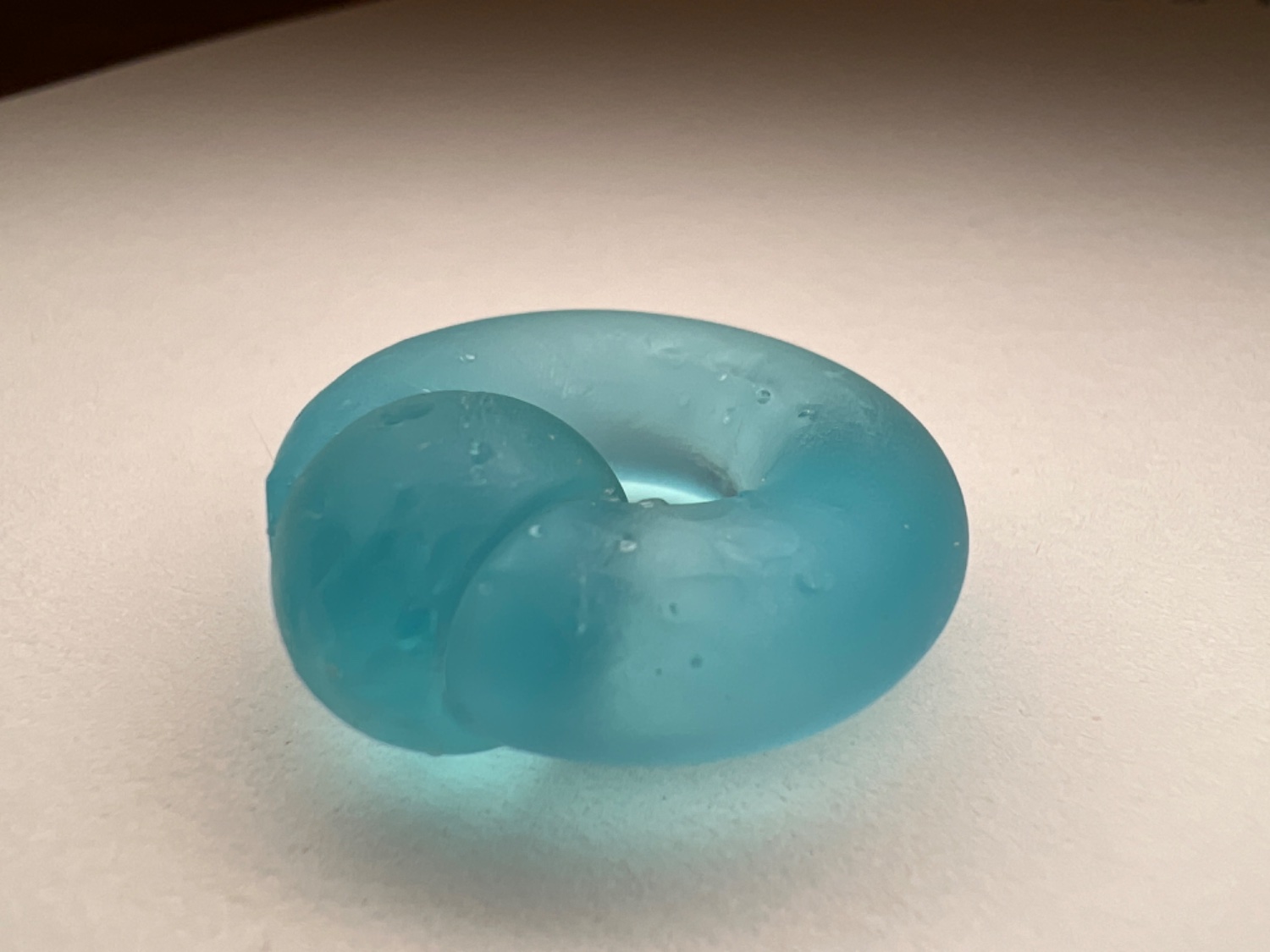3DPrinting
3DPrinting is a place where makers of all skill levels and walks of life can learn about and discuss 3D printing and development of 3D printed parts and devices.
The r/functionalprint community is now located at: !functionalprint@kbin.social or !functionalprint@fedia.io
There are CAD communities available at: !cad@lemmy.world or !freecad@lemmy.ml
Rules
-
No bigotry - including racism, sexism, ableism, homophobia, transphobia, or xenophobia. Code of Conduct.
-
Be respectful, especially when disagreeing. Everyone should feel welcome here.
-
No porn (NSFW prints are acceptable but must be marked NSFW)
-
No Ads / Spamming / Guerrilla Marketing
-
Do not create links to reddit
-
If you see an issue please flag it
-
No guns
-
No injury gore posts
If you need an easy way to host pictures, https://catbox.moe/ may be an option. Be ethical about what you post and donate if you are able or use this a lot. It is just an individual hosting content, not a company. The image embedding syntax for Lemmy is 
Moderation policy: Light, mostly invisible
view the rest of the comments

IIRC, cured resin is not as toxic as uncured, but it is in no way "inert". Piercing locations are typically soft tissue, and therefore more susceptible to contact issues. Please, be safe, and if you're selling these: ensure your clients are, too. To put this in perspective: would you feel as confident in this "inert" state were you printing binkies for infants?
10-4. I hear you.
For labs sells a biocompatible resin for medical use. I’ll probably end up switching to that.
@Piecemakers3Dprints @CaptainFlintlockFinn as a one time chemist I'd agree that there is a real possibility some trace materials in the resin causing some harm in prolonged contact. The resin may be set but could potentially leach some of the other materials such as unreacted ingredients, catalysts etc. In the same way that cheap jewellery can release alloying metals that cause irritation. A dermatologically safe varnish seems a sensible call.